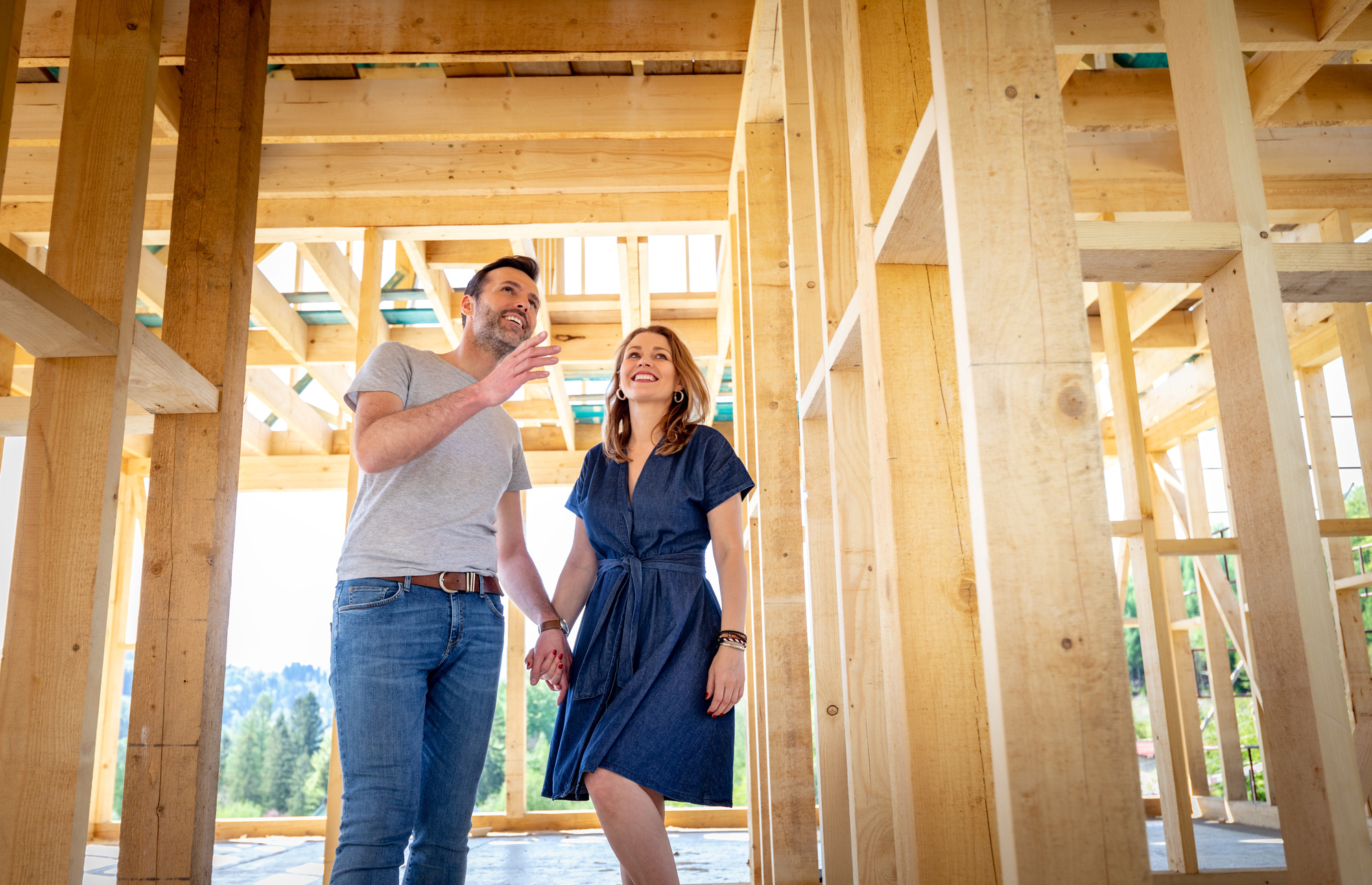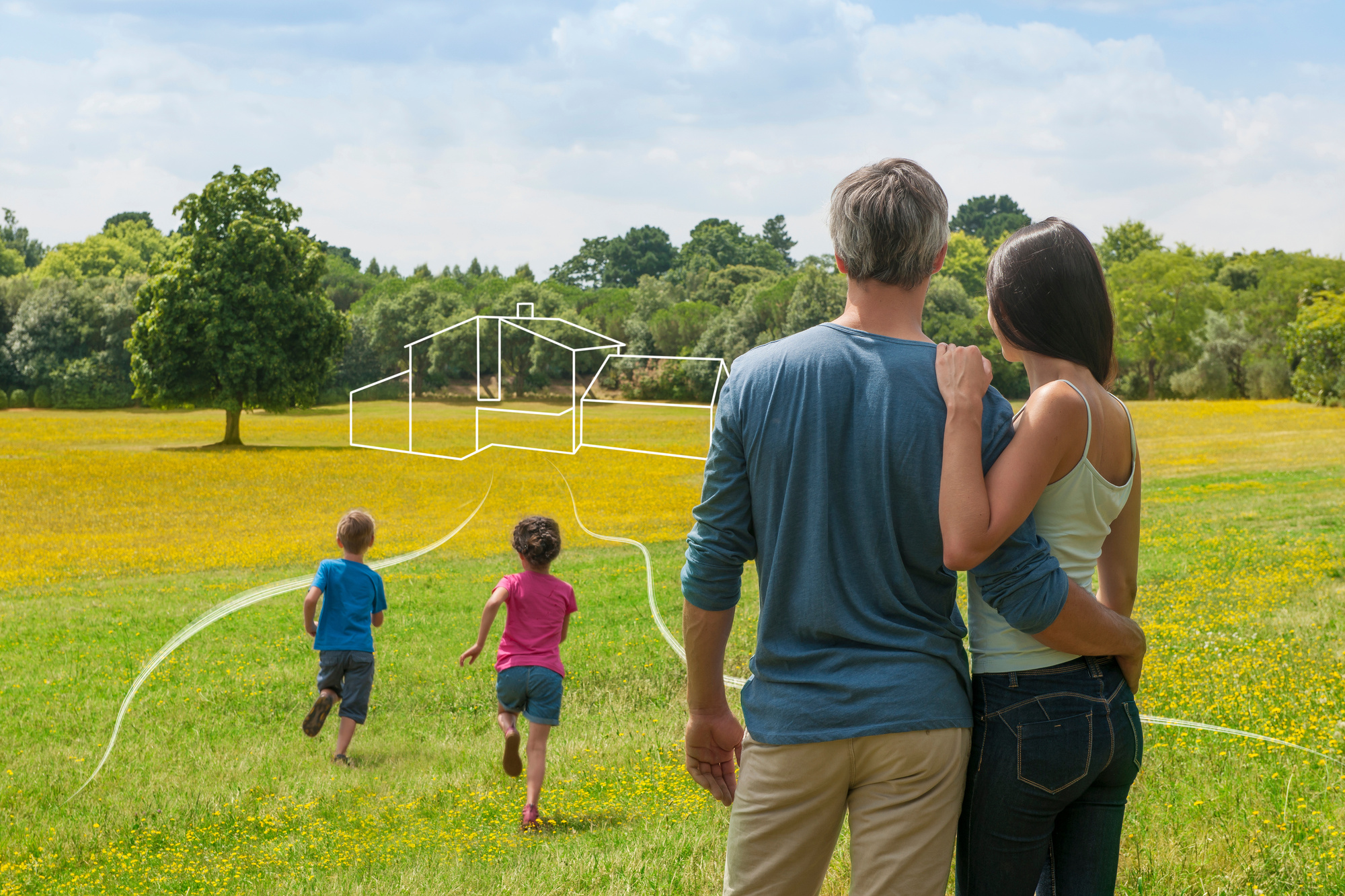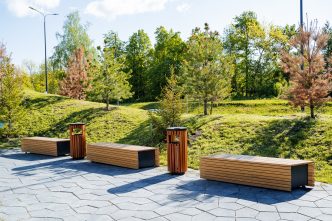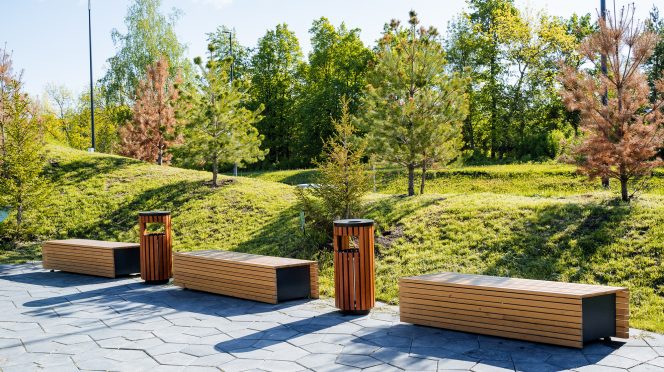Building a family home with everyone’s needs in consideration is essential. This home will be where you’ll likely spend most of your adult life. And if you have kids, it’s where you’ll watch them create lasting memories as they grow from toddlers into teens and adults.
In addition, if you’re a pet lover, they also have to be cared for in this home. Thus, you must consider crucial design elements before starting the construction work. Consider your current needs and project into the future to envisage what you’ll need several years later. With that in mind, below are tips for building a family home:
1. Choose The Right Floor Plan
Choosing the most suitable floor plan is one of the most crucial things when designing homes for your future. When you have kids, you may want to consider an open floor plan compared to the walled-off spaces design. It’s the best choice since you can easily watch the kids as they play in other rooms while going on with your chores.
Additionally, open floor plans are flexible, as you can easily extend rooms to meet emerging needs. For example, you may start with a bedroom that can accommodate two kids, but later you may need additional space for a new family member. If the walls aren’t fixed, extending the space to install an extra bed will be easy.
If you’re a people person, you may also want extra bedrooms instead of the usual three for the nuclear family. They’ll help when your relatives and friends come to spend the night. On the same note, having an extensive living room to host your immediate family and visitors would be best. A patio would also be an excellent addition to offer more sitting space.
It’s best to let your family contribute ideas on the ideal floor plan. Doing it alone may not be prudent, as you may overlook many needs. For instance, a family member may want to install one of the best professional outdoor sauna systems, build a basketball court, or erect a trampoline for a children’s playground.
Finally, remember to keep in mind the lifestyle of family members. For instance, you’ll need plenty of open space if they love dancing. And if they cherish privacy, you’d want to build walled-off rooms.
2. Have Enough Storage
Storage spaces are one of the most forgotten yet essential things to consider when building a home. For a family house, you need enough storage space. Having children means a lot of belongings, from toys to clothes and books. You also have dirty linen, mechanical equipment, seasonal decorations, and farming tools to stash away. Incorporating discrete storage spaces helps keep these items from open view, enhancing neatness.
Utilize built-in furniture, such as shelves, cabinets, and window seats with integrated storage. Opt for multi-functional furniture for multiple purposes, like beds with drawers underneath or coffee tables with shelves. Invest in custom shelving and cabinetry to maximize space efficiency. Use efficient cabinet designs, pull-out pantry shelves, and deep drawers in the kitchen for the garage, and plan storage solutions such as shelving, cabinets, and overhead racks. If available, maximize attic and basement storage with shelves or built-in units.
Consider storage furniture, like bed frames with drawers or storage benches. Utilize vertical space with floor-to-ceiling shelves or cabinets—plan for outdoor storage needs, such as garden tools and sports equipment. Future-proof your design by incorporating flexible storage solutions that adapt to changing needs. Consulting with a professional designer can provide personalized advice and solutions for your specific requirements and home layout.
3. Choose The Best Location
Your home’s location is crucial. You’d want a safe place to access your home any time of the day or night without worrying about being waylaid. An area with wide access roads, street lights, and a police station nearby would be ideal.
Also, ensure you have the best soil before purchasing land. A place where the bedrock is shallow would be best for the houses’ foundation. Building your house’s foundation will be costly if you buy a plot with deep clay layers.
Additionally, investigate the location and check the proximity to schools, places of worship, grocery stores, and amusement parks. Access to these amenities makes life easier.
Finally, don’t overlook the convenience of the house’s location to your workplace. A 30-minute commute time will be ideal if you have a personal car. It’d also help to build your family home in a place touching public vehicle routes.
Besides convenience, the location determines your property’s performance in the market if you sell it. Therefore, be thorough with the choice as it’s an aspect you can’t change afterward.
4. Seek Advice From Experts
Involving an expert will help correct issues that you may overlook. Experts are familiar with the suitable materials to use for a particular terrain. Not only the materials but also the latest designs you may not be aware of. Moreover, they’re well-versed with the local regulations and can help you comply and avoid brushing shoulders with government officials. Generally, having an expert reduces the chances of errors during your construction process.
In family home construction, a collaborative team of experts, including architects, civil engineers, structural engineers, construction managers, project managers, contractors, subcontractors, surveyors, environmental consultants, quality control inspectors, and health and safety experts, work together to ensure the success of a project. Each professional contributes specific expertise to minimize errors and uphold quality standards throughout the construction process, from design to completion. Effective communication and collaboration among these experts are essential for a smooth and successful construction project.
5. Work Within Your Budget
Knowing your budget helps you plan for a quality dream house within your limits. Building construction can consume millions of dollars; thus, defining your maximum spending intentions is best. This way, you’ll only add essential features to your home.
Another excellent approach is to build your family home in phases. Start with the most crucial spaces like the living room, kitchen, and master bedroom. You can extend it later to include extra bedrooms, a guest wing, a swimming pool, and a car garage. This strategy is ideal when you don’t have all the cash to build the entire house.
Conclusion
Building a family home is exciting, knowing it’s where you’ll probably spend the rest of your life. It helps to give much attention to the design phase. Involve experts for insightful guidance on what works or doesn’t. Also, allow your family members to have their say on what features they want to be added to the house. Extensive consultation in the design phase ensures you consider all critical bits that add to the functionality and aesthetics of your family home.














